
Cristiano Ronaldo’s Relationship With Speed Continues Off The Pitch...
- May 25, 2021
- Views : 8212

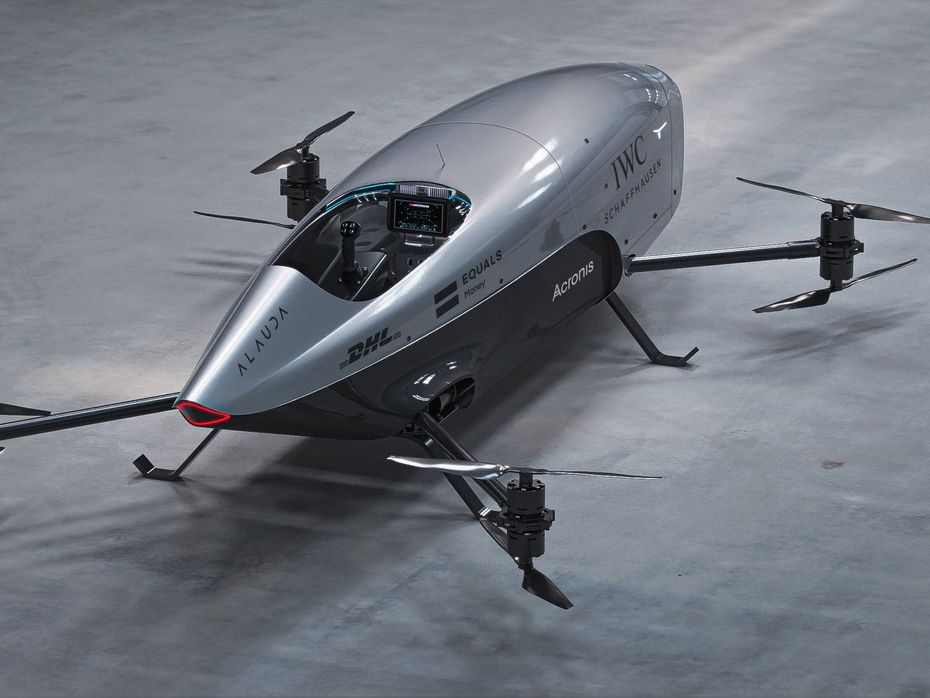
First batch of Mk3 will consist of ten units for the upcoming races.
The craft is capable of going from 0-100kmph in just 2.8 seconds.
It weighs 130kg and can carry up to 80kg.
Production of the Airspeeder Mk3 is underway in Adelaide, Australia, as the world’s first electric flying race car prepares to take part in its maiden stint of unscrewed races.
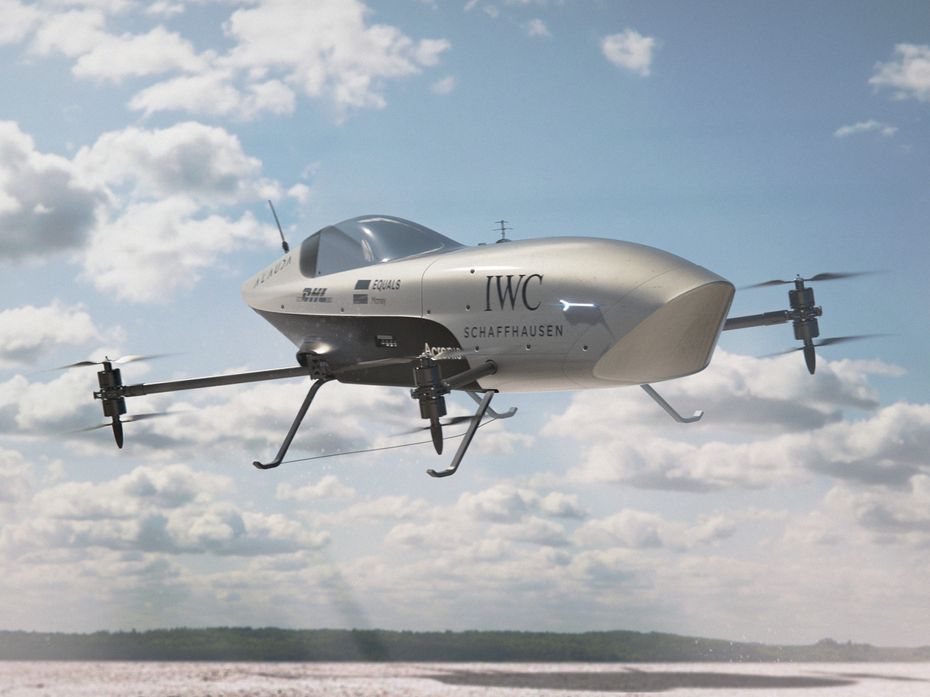
Airspeeder has now revealed the technical specs of the Mk3 flying race car, which debuted in prototype form at the Goodwood Speed Week. Yes, you read that right, a flying race car and an all-electric one. Airspeed has taken inspiration from the Mercedes-Benzes, the Bugattis, and the Rolls-Royces of legend, taking to the path of racing to eventually bring technological advances to commercial vehicles.
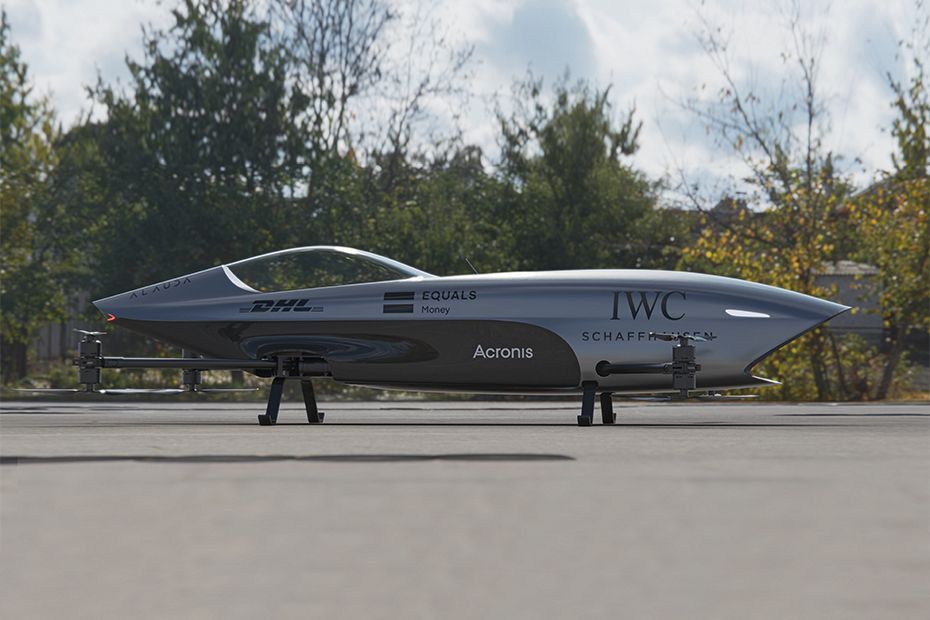
To testify the Mk3’s capabilities, Airspeeder has also drawn comparisons with the Audi SQ7. The Mk3 delivers the same amount of maximum power as the Audi SUV, at 435PS, while being much lighter. With a carbon-fibre structure, the craft itself weighs 130kg, as opposed to the SQ7’s 2,500kg, and is capable of carrying loads of up to 80kg. This includes the pilot and the powertrain. Airspeeder has also revealed a 0-100kmph acceleration time of just 2.8 seconds and the ability to climb to a height of 500m. The potent fighter jet F15E Strike Eagle’s thrust to weight ratio of 1.2 pales in comparison to the Mk3’s 3.5.
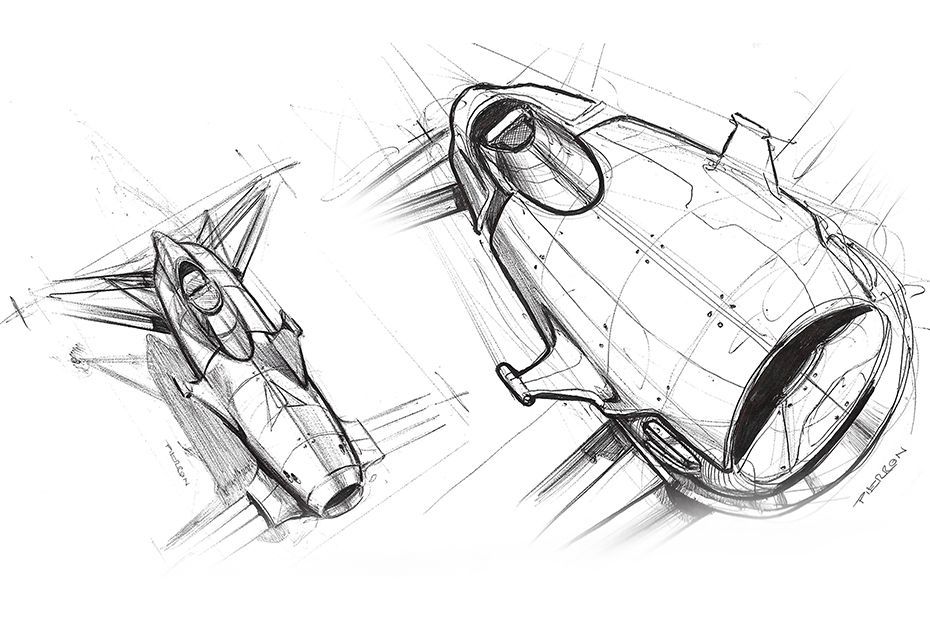
G-Forces tested on a hairpin bend reach up to 5 Gs, similar to what is experienced by an F1 car. The Mk3 shares resemblance with an F1 car as well. The pilot of the craft will be positioned in the cockpit in almost the same manner as the driver in an F1 car. As far as safety is concerned, the Mk3 will employ a systems-based approach. It will also be equipped with radar and Lidar collision avoidance systems.
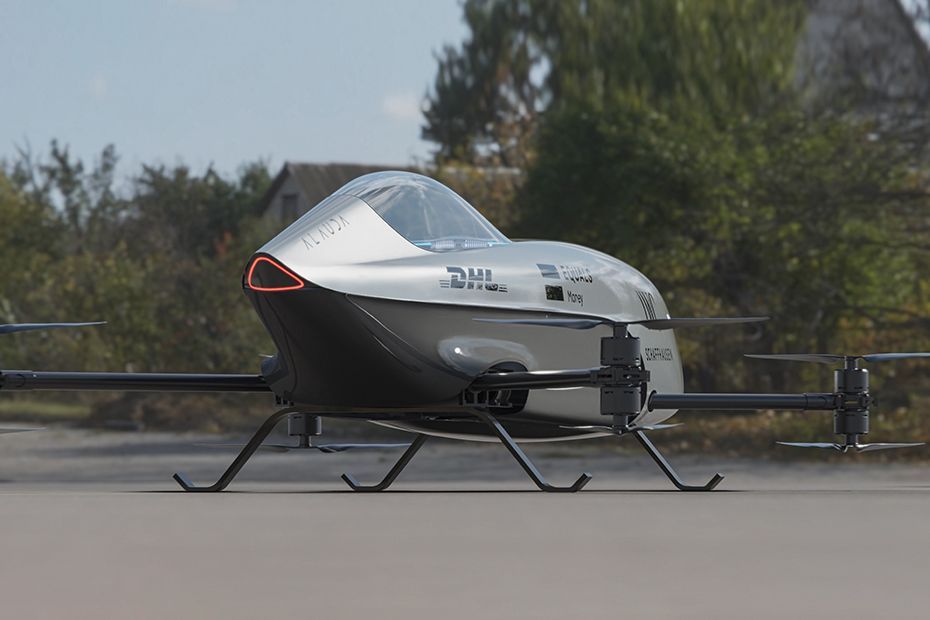
To make things easier, especially during pit stops, the Mk3 will use a slide and lock system. This will be applied to the battery as well, for quick changes during pit stops. Current tests place the average pit stop time at 14s. If you’re into F1 history, you’ll remember the average pit stop time back in the day used to be around one minute as opposed to today’s average of 20-25 seconds for a pit stop and around 2-2.5 seconds for switching tyres.
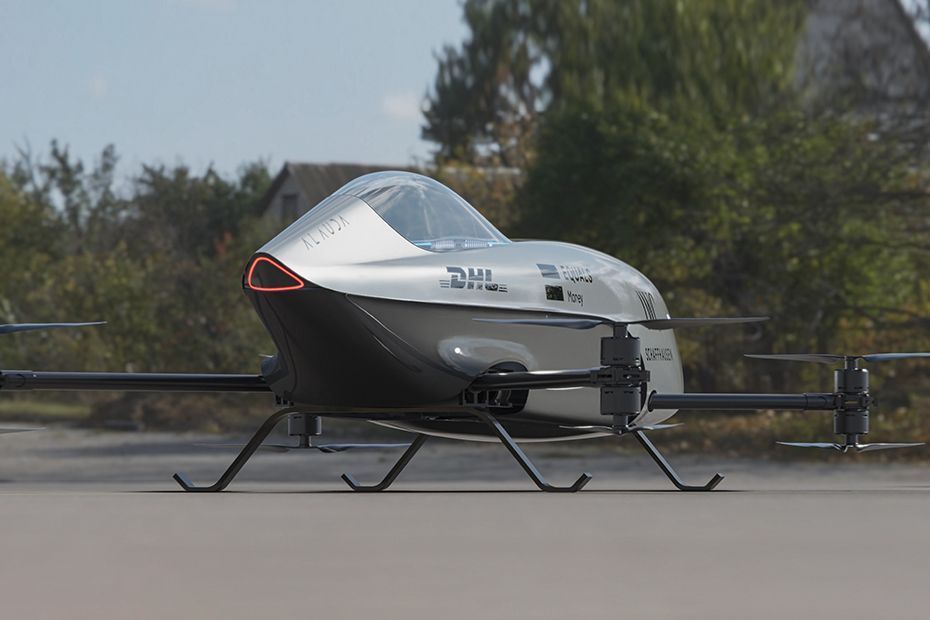
Sister company Alauda Aeronautics is handling the amped up production duties. A total of ten units will be produced for the races. As far as races are concerned, the first set will take place across three continents with the calendar being announced soon.
The sheer thought of this is mind-bending. The future is on the horizon and the one thing that is guaranteed is loads of excitement!

Cristiano Ronaldo’s Relationship With Speed Continues Off The Pitch...

Renault Extends Standard Warranty On Kwid, Triber, And Kiger To 3...

Is The Kia Syros More Compelling Than The Best-selling Hyundai Creta?

Auto Expo 2025 - All You Want To Know About The Hottest Auto Show!

Hyundai Creta Electric REVEALED Ahead Of Auto Expo 2025! Here’s...

Upcoming Maruti Suzuki Cars Expected In 2025: e Vitara, Baleno...

Here Is The List Of All Tata Cars Likely To Be Launched In 2025

Mahindra BE 6 Launched: Price For The Top-spec Variant Is Out!

Upcoming Mahindra Cars Expected in 2025: XUV 4XO, Thar Facelift, BE...
India's largest automotive community
 As The Kia Syros Reaches Dealerships Check Out The Pros And Cons Before You Get One Home
As The Kia Syros Reaches Dealerships Check Out The Pros And Cons Before You Get One Home
 No More Diesel-iMT Powertrain In India, As Kia Discontinues It For The Sonet, Seltos And Carens
No More Diesel-iMT Powertrain In India, As Kia Discontinues It For The Sonet, Seltos And Carens
 Hyundai Creta Electric: Things You Get With Each Of Its 5 Variants
Hyundai Creta Electric: Things You Get With Each Of Its 5 Variants
 Here Are Some Adrenaline Pumping Experiences From Auto Expo 2025 That You Should Not Miss!
Here Are Some Adrenaline Pumping Experiences From Auto Expo 2025 That You Should Not Miss!
 Vayve Mobility Eva
Rs. 3.25 Lakh
Vayve Mobility Eva
Rs. 3.25 Lakh
 BMW X3
Rs. 75.80 Lakh
BMW X3
Rs. 75.80 Lakh
 Hyundai Creta Electric
Rs. 17.99 Lakh
Hyundai Creta Electric
Rs. 17.99 Lakh
 Lotus Emira
Rs. 3.22 Crore
Lotus Emira
Rs. 3.22 Crore
 Lotus Emeya
Rs. 2.33 Crore
Lotus Emeya
Rs. 2.33 Crore